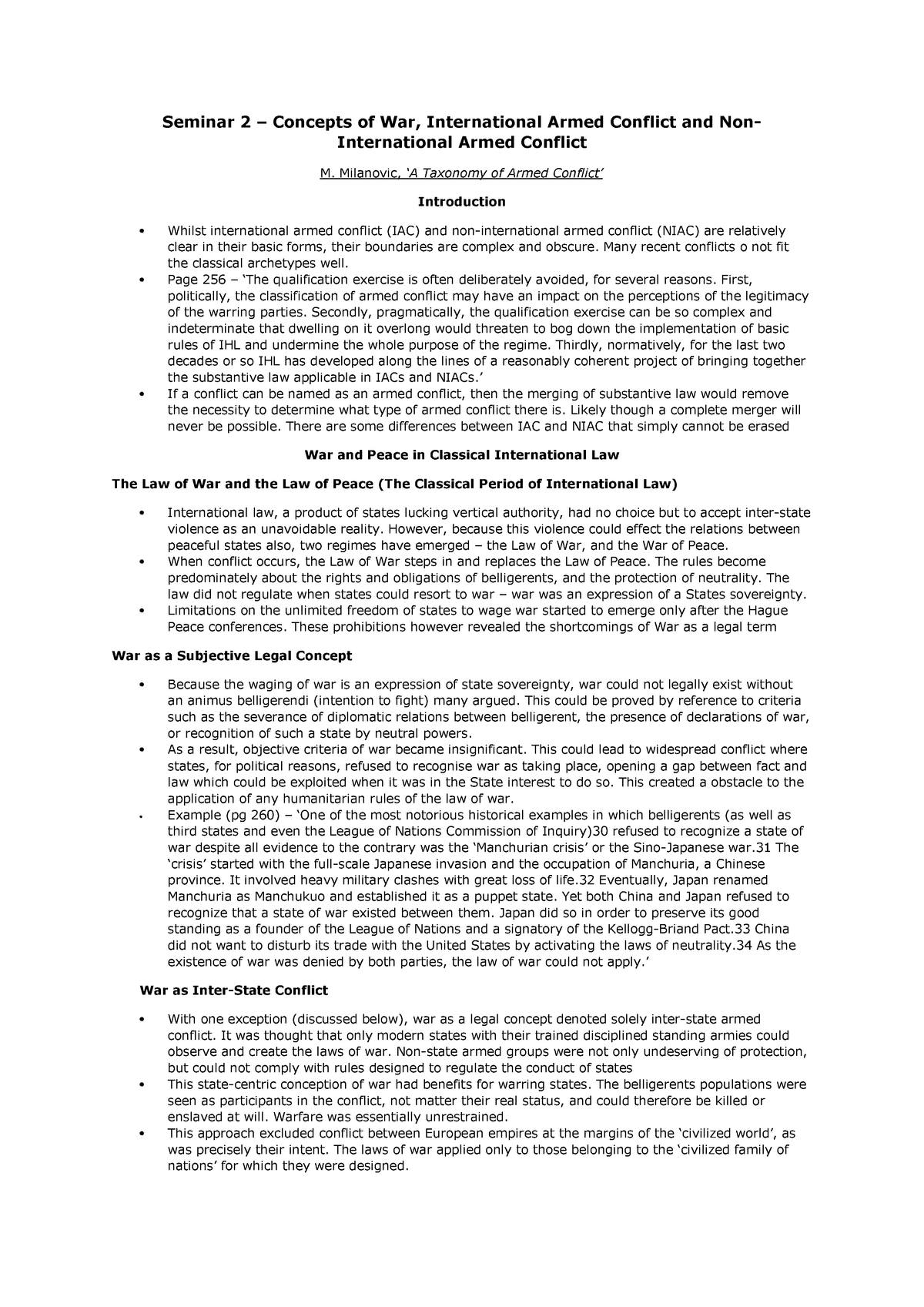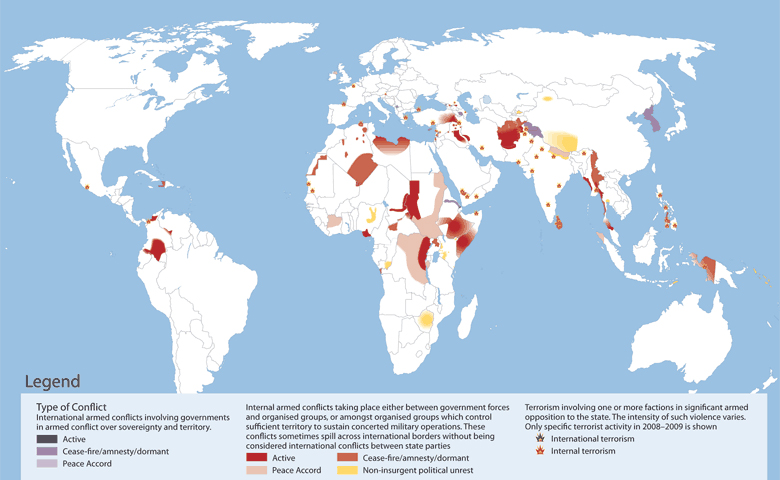

Armed conflict has been highlighted by the United Nations as a major barrier to the implementation and attainment of the Sustainable Development Goals, including improvements in global health. The number of armed conflicts globally is at a record high with 182 wars and minor conflicts recorded in 2017 according to the Uppsala Conflict Data Program (UCDP). ConclusionsĪrmed conflict, particularly war, is associated with a substantial indirect mortality impact among civilians globally with children most severely burdened. War-associated increases in all-cause and cause-specific mortality were found across all age groups and both genders, but children aged 0–5 years had the largest relative increases in mortality.

Wars were associated with an increase in age-standardised all-cause mortality of 81.5 per 100,000 population ( β 81.5, 95% CI 14.3–148.8) in adjusted models contributing 29.4 million civilian deaths (95% CI 22.1–36.6) globally over the study period. Armed conflict was associated with increases in civilian mortality-driven by conflicts categorised as wars. We identified 1118 unique armed conflicts. Post-estimation analyses calculated the number of civilian deaths. We assessed separately four different armed conflict variables (capturing binary, continuous, categorical, and quintile exposures) and ran models by cause-specific mortality stratified by age groups and sex. Mortality rates were corrected to exclude battle-related deaths. We included 193 countries between 19 and constructed fixed effects panel regression models using data from the Uppsala Conflict Data Program and Global Burden of Disease study. This study aimed to quantify indirect mortality impacts of armed conflict in civilian populations globally and explore differential effects by armed conflict characteristics and population groups. Armed conflict can indirectly affect population health through detrimental impacts on political and social institutions and destruction of infrastructure.


 0 kommentar(er)
0 kommentar(er)
